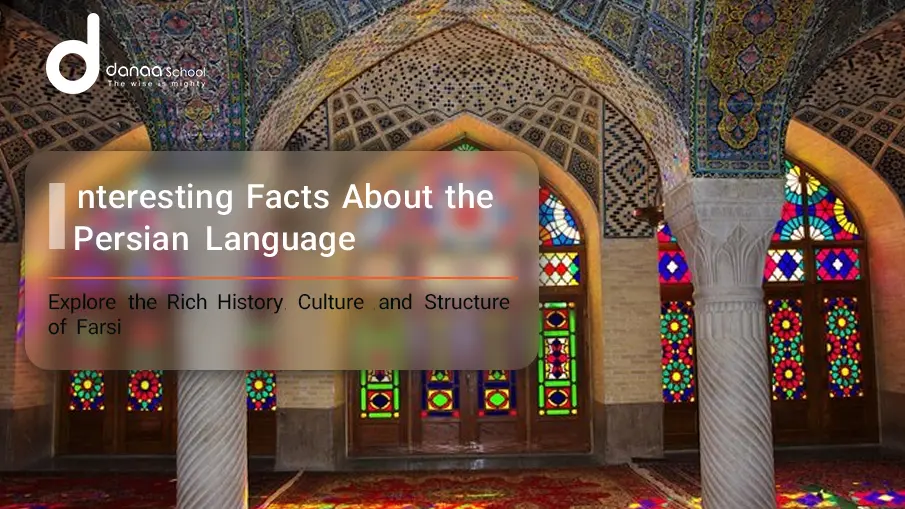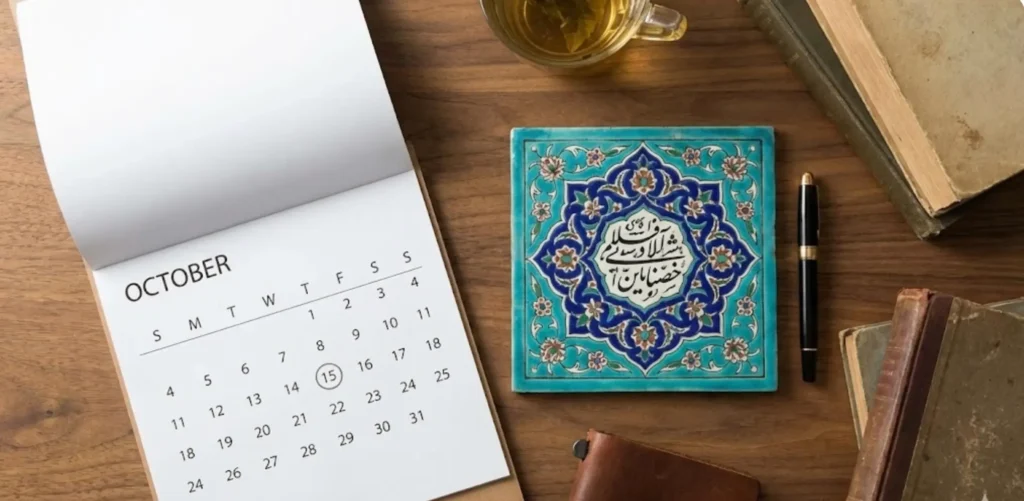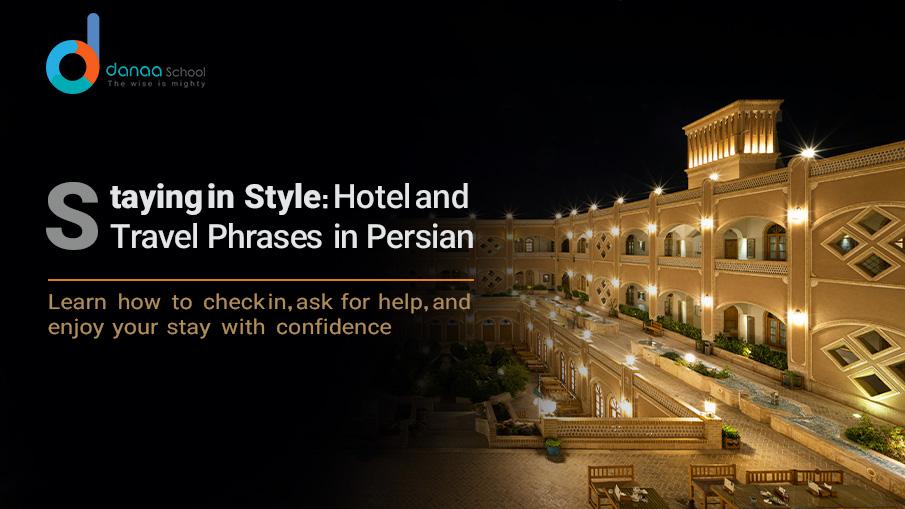Persian (Farsi) , also known as Farsi, is one of the oldest languages still spoken today. It boasts a rich history, beautiful script, and a deep connection to the culture and literature of Iran, Afghanistan, and Tajikistan. This article will explore interesting facts about the Persian language while highlighting how learning Farsi at Danaa School can help you immerse in this ancient language.
Facts about the Persian Language
Persian is more than just a language; it’s a window into one of the world’s oldest civilizations, offering insights into art, history, and poetry that date back thousands of years. Whether you’re drawn to its melodious tones or interested in understanding Persian literature, learning Farsi opens many doors.
Danaa School provides a structured approach to learning Persian, making it easier for both beginners and advanced learners to dive into the language. But before we discuss how Danaa School can help you master Farsi, let’s explore some intriguing aspects of this beautiful language.
History of Persian
The Farsi language belongs to the Indo-Iranian branch of the Indo-European language family. Its history spans over 2,500 years and is divided into three stages: Old Persian, Middle Persian, and Modern Persian. Old Persian was used during the Achaemenid Empire (550–330 BCE) and can be found in inscriptions like those of Darius the Great.
Middle Persian, or Pahlavi, emerged during the Sassanian Empire (224–651 CE), and Modern Persian began developing after the Islamic conquest of Persia.
Why Is It Called Farsi?
The terms “Persian” and “Farsi” are often used interchangeably, but they refer to the same language. “Farsi” is the endonym used by native speakers, derived from the name of the region Fars in southwestern Iran, where the language originated. While “Persian” is the official English term, “Farsi” is commonly used, especially by the diaspora.
Persian Script
The Persian alphabet is a variant of the Arabic script, consisting of 32 letters. It is written from right to left, and its calligraphic forms are renowned for their beauty.
Many learners find that mastering Persian script is challenging and an art form. The script differs slightly in Tajikistan, where Persian (Tajik) is written in the Cyrillic alphabet.
Influence on Other Languages
Persian has significantly influenced other languages, particularly in the Middle East and South Asia. Languages like Urdu, Hindi, and even Turkish contain a wealth of Persian loanwords.
This is largely due to the influence of the Persian Empire and later the Mughal Empire in India, which adopted Persian as the official court language for centuries.
Persian Poetry: The Soul of the Language
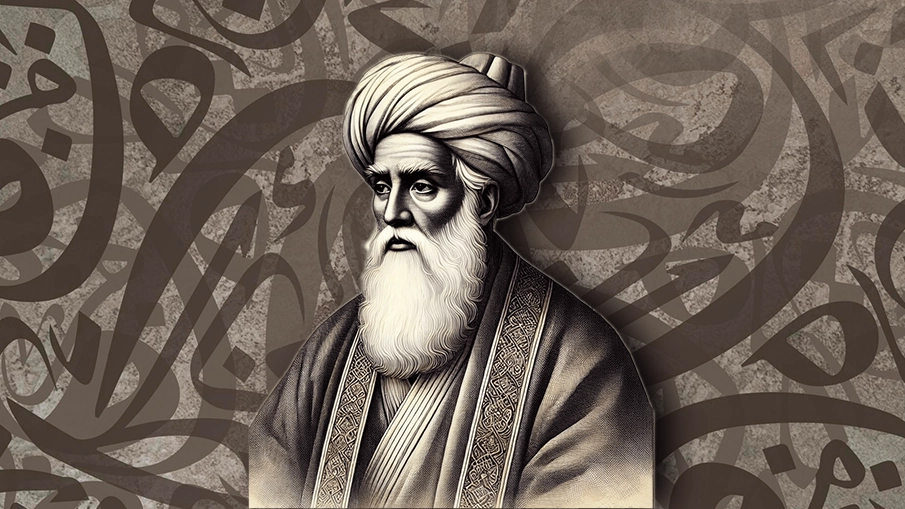
One cannot discuss the Farsi language without mentioning its deep connection to poetry. Persian is often called the “language of poets,” with legendary figures such as Rumi, Hafez, and Ferdowsi penning some of the most revered works in world literature.
Their verses, written in Persian, resonate with themes of love, mysticism, and existential reflection, contributing to the global appeal of Persian poetry.
Three Major Dialects: Iranian, Dari, and Tajik
Persian is spoken in three primary dialects: Iranian Persian (Farsi), Dari Persian (spoken in Afghanistan), and Tajik Persian (spoken in Tajikistan). While these dialects are mutually intelligible, each has its own distinct features in terms of pronunciation, vocabulary, and writing systems.
For instance, Tajik is written in the Cyrillic script, while Farsi and Dari use the Persian-Arabic script.
Persian Grammar: Simple and Complex
One of the most interesting aspects of Persian grammar is its simplicity in some areas and complexity in others. For example, Persian does not have gender distinctions, making it easier to learn compared to languages like French or Arabic.
On the other hand, Persian verbs are conjugated based on tense, mood, and aspect, which can pose challenges to new learners.
Influence of Arabic on Persian
Although Persian and Arabic belong to different language families, the two have influenced each other significantly. Following the Islamic conquest of Persia in the 7th century, Persian adopted many Arabic words, particularly in the domains of religion, law, and philosophy.
Despite this, Persian has retained its distinct syntax and phonology, and many loanwords are adapted to fit Persian grammar.
Learn Persian Language Online With Danaa School
Learning Persian Online can be a rewarding experience, and Danaa School offers a comprehensive platform for learners at all levels. Whether you’re a beginner aiming to master basic conversational skills or an advanced student interested in Persian literature, Danaa School provides personalized lessons that cater to individual goals.
With interactive courses, expert instructors, and cultural insights, Danaa School makes learning Farsi engaging and accessible.
Find Your Ideal Teacher
At Danaa School, you can choose your Farsi tutor from a selection of qualified and experienced teachers. Begin an exceptional journey into the world of Persian language!
Book Your Trial Lesson
Modern Persian in Media and Pop Culture
In recent years, the Persian language has appeared in global pop culture and media, from the influence of Iranian cinema to the works of contemporary Persian poets who have been translated into many languages. Persian music, especially the classical form known as Radif, as well as modern genres, have also gained international recognition.
Persian vs. Arabic: Common Misconceptions
Due to the shared script and some loanwords, many people mistakenly believe that Persian and Arabic are closely related. However, they belong to different language families, with Persian being an Indo-European language and Arabic being Semitic. While the two languages share cultural and historical ties, their grammar, vocabulary, and pronunciation fundamentally differ.
The Role of Persian in Diplomacy and Trade
Historically, Persian was the lingua franca of much of Central Asia and the Indian subcontinent, used in diplomacy, administration, and trade. Even today, it is an important language for understanding the geopolitics of the Middle East, particularly in Iran, Afghanistan, and Tajikistan.
Knowing Persian opens doors to understanding these regions’ cultures, histories, and international relations.
Persian in the Digital Age
With the rise of the internet, Persian has become more visible in the digital space. Platforms like Instagram and Twitter have large Persian-speaking communities, and many websites offer content in Persian. The language has adapted well to the digital age, with new terms being coined for technology, science, and pop culture.
Persian Proverbs: Wisdom in Words
Persian is rich in proverbs and idiomatic expressions that reflect the culture’s deep appreciation for wisdom and wit. For example, “A guest is God’s friend” reflects the traditional value of hospitality in Persian culture. Learning these phrases enhances your language skills and gives you insight into the cultural values of Persian-speaking communities.
Unique Sounds in the Persian Language
While Persian shares many sounds with other Indo-European languages, it also contains unique phonemes that can be tricky for new learners. For instance, the guttural “q” sound or the soft, almost whispered “h” are features that learners often find challenging.
However, these sounds become second nature with practice, and Danaa School provides the perfect environment to master them.
The Importance of Context in Persian Language
Context plays a crucial role in Persian, especially when interpreting words with multiple meanings. For instance, the word “shir” can mean “lion,” “milk,” or “tap” depending on its usage in a sentence. This linguistic flexibility reflects the depth and richness of the Persian language, which Danaa School’s instructors skillfully teach through practical exercises.
Learning Persian: A Gateway to Persian Culture
By learning Persian, you gain access to a wealth of cultural knowledge, from the nuances of Persian cuisine to the intricate art of Persian carpet-making. Understanding the language allows you to experience Persian culture on a deeper level, whether through appreciating the subtleties of poetry or understanding the customs that define Persian hospitality.
Persian Language and Identity
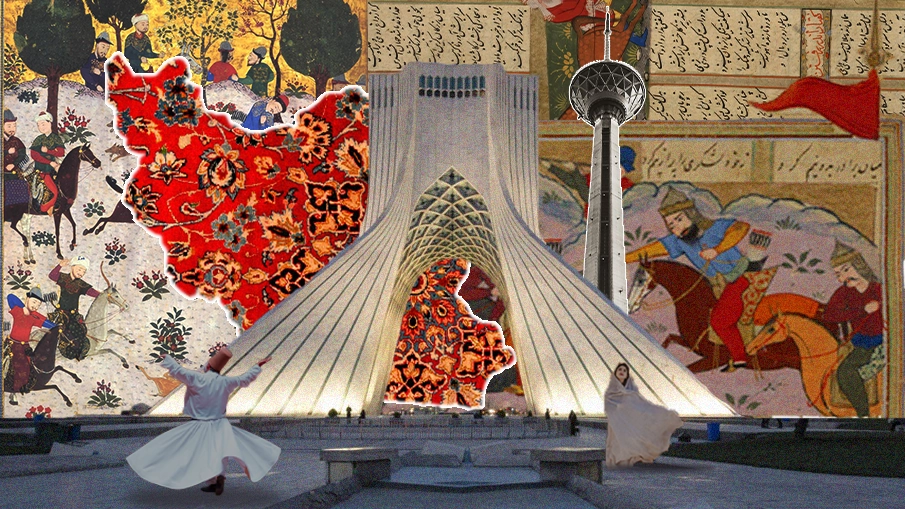
Many Persian speakers‘ language is deeply intertwined with their identity. Preserving Persian, particularly among the diaspora, is a way to maintain a connection to cultural roots. By learning Farsi at Danaa School, students acquire a language and participate in preserving and celebrating Persian heritage.
FAQs
What are the major dialects of Persian?
The three main dialects of Persian are Iranian Persian (Farsi), Dari Persian (spoken in Afghanistan), and Tajik Persian (spoken in Tajikistan).
How difficult is it to learn Persian?
Persian is considered a moderately difficult language for English speakers. Its grammar is simpler than some languages, but mastering the script and verb conjugations can be challenging.
Is Persian related to Arabic?
While Persian and Arabic share some vocabulary and script due to historical connections, they belong to different language families. Persian is Indo-European, whereas Arabic is Semitic.
Why is Persian known as the language of poets?
Persian is renowned for its rich literary tradition, especially in poetry. Poets like Rumi, Hafez, and Ferdowsi have contributed timeless works in the Persian language.
What script is used for Persian?
Persian is written in a modified version of the Arabic script, although in Tajikistan, it is written in the Cyrillic alphabet.
Can learning Persian help in understanding other languages?
Yes, learning Persian can be beneficial in understanding languages like Urdu and Hindi, which have borrowed extensively from Persian vocabulary.
Conclusion
The Persian language is not just a means of communication but a carrier of a rich cultural and historical legacy. From the poetry of Rumi to the bustling streets of Tehran, Persian offers a window into a world that is both ancient and modern.
If you want to learn this fascinating language, Danaa School provides the perfect blend of expertise, culture, and language instruction to guide you every step. Sign up now.
Want to Learn Farsi at Danaa School?
Here are the best resources for you!



